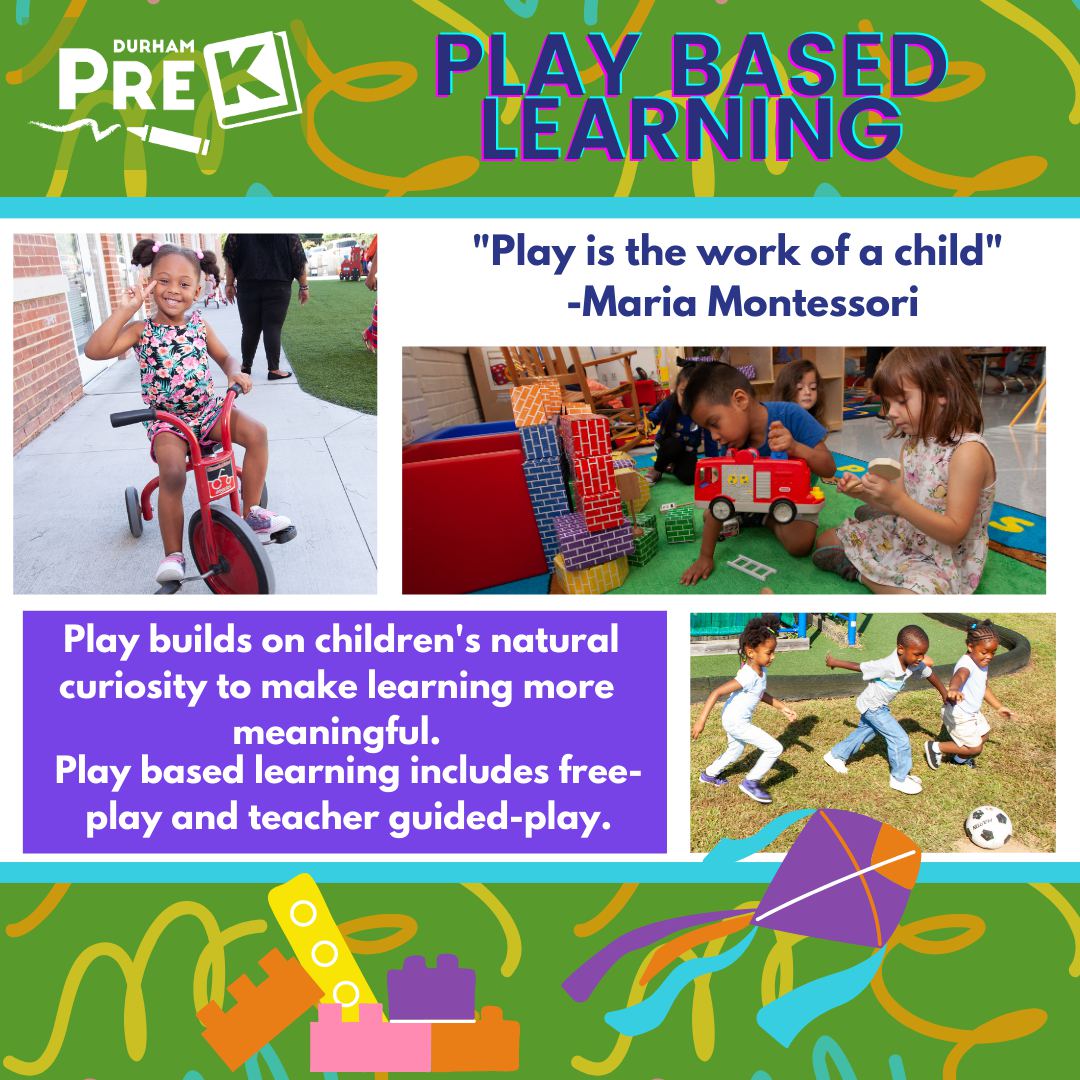Stages of Play
November 30, 2020
 Just as children learn to talk and walk, they learn to play! Below you will find the stages of play from Head Start's Family Engagement materials. Children typically start by playing alone and focused on their own interests, and then gradually begin to play more collaboratively with other children.
Just as children learn to talk and walk, they learn to play! Below you will find the stages of play from Head Start's Family Engagement materials. Children typically start by playing alone and focused on their own interests, and then gradually begin to play more collaboratively with other children.
Plays by self
- Child plays alone based on own interests. This is encouraged at all ages, but the amount of time spent playing alone should decrease as children get older.
Passive Onlooker
- Child is interested in other children's play, but does not join in with the others
- Often includes observation and asking questions
Plays alongside another child
- Child will play while sitting with another child, but the two are not interacting or participating in the same type of play or playing with the same item. This is separate from playing alone because the children are still observing each other and may talk while playing in their separate ways.
Plays in a group with similar toys
- Children play in the same area with the same toys, but are not working together with shared rules and goals
- Example: playing with blocks on the same carpet mat while talking about interacting, but building towers independently
Plays with a group with goals and roles
- Children play with same items while interacting, sharing rules and goals of play, and taking turns/solving problems together.
Types of Play in Pre-K
- Outdoor Play
- Sensory Table
- Art
- Music & Movement
- Reading & Classroom Library
- Dramatic Play
- Blocks & Puzzles
Sources
https://www.encourageplay.com/blog/social-stages-of-play